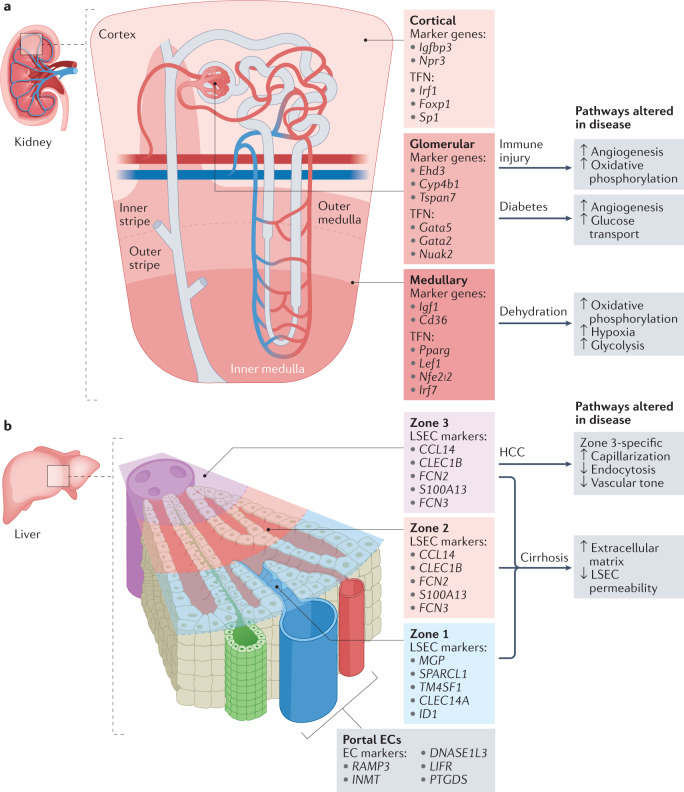Fig. 3. scRNA-seq reveals inter-organ heterogeneity and heterogeneous endothelial cell responses to disease.
a | Single-cell RNA sequencing (scRNA-seq) has revealed transcriptomic heterogeneity between endothelial cells in each compartment of the kidney. Cortical endothelial cells, glomerular endothelial cells and medullary endothelial cells have differential responses to injury. Marker genes and enriched transcriptional factor networks (TFN) for each subtype are indicated. Mouse models have been developed to assess kidney injury during disease states including immune-mediated injury (nephritis and systemic lupus erythematosus), diabetic kidney injury and dehydration. Key pathways that are altered in endothelial cells from the different renal compartments of mice are highlighted. b | Endothelial cell zonation in the liver has been characterized in both humans and mice. Broadly, liver sinusoid endothelial cells (LSECs) can be grouped into three zones based on their localization with respect to the portal vein and central vein. The top five differentially expressed genes for human LSECs are indicated as marker genes for each zone. Studies in mice have revealed that LSECs in zone 3 are the most susceptible to damage associated with cirrhosis. EC, endothelial cell; HCC, hepatocellular carcinoma.

